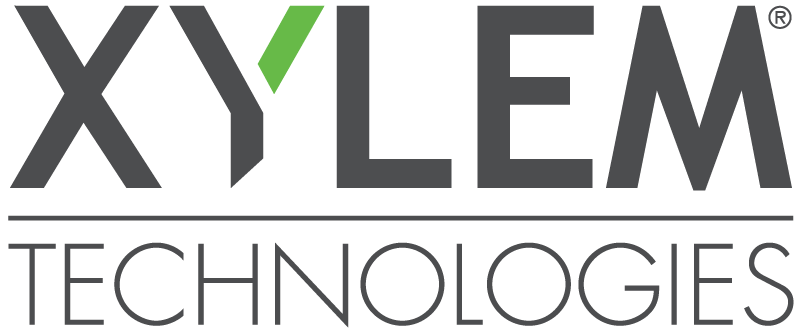Multi-objective optimization in the SEMERGY environment for sustainable building design and retrofit
This paper reports on a specific effort (optimization procedure) within the on-going research and development project SEMERGY. This project is geared towards the development of a decision making environment for performance-guided building design and retrofit. The present contribution illustrates advances towards the creation of a multi-objective assessment-based optimization procedure for the selection of building products and materials in view of the ecological, economical, and energy performance of the building. SEMERGY associates the preferences and constraints of the user regarding construction systems, performance level, environmental foot-print and investment costs, with existing building products on the market. Supported by semantic web technologies, SEMERGY extracts building product information from various web-based sources and restructures them into an ontology of building products. The products are enriched by a set of additional properties which enable a rule-based automatic identification of valid construction alternatives for different building components. These alternatives are evaluated and benchmarked against various criteria, to determine the optimal solution(s).
From J. Heurix, S. Fenz, A. Anjomshoaa, T. Neubauer, A. Tjoa,M. Taheri, F. Shayeganfar, U. Pont, N. Ghiassi, C. Sustr, A. Mahdavi: „Multi-objective optimization in the SEMERGY environment for sustainable building design and retrofit“; in:“Proceedings of the 2nd Central European Symposium on Building Physics 9-11 September 2013, Vienna, Austria“, A. Mahdavi, B. Martens (Hrg.);ÖKK-Editions, 1 (2013), ISBN: 978-3-85437-321-6; S. 27 – 34.
„Building design process can benefit from optimization. Optimization typically involves one or more mathematical objective functions whose variables are subjected to some restrictions. Treating an optimization problem depends upon the complexity and shape of those functions within the domain of feasible solutions. In the building design and retrofit domain, typical optimization objectives include minimizing the building operation cost, energy use, and environmental impact while maximizing occupants comfort (Wetter 2008). In such optimization problems, usually a large number of variables and options are involved (Mahdavi & El-Bellahy 2005). “Manual” approaches toward identification of optimal solutions (mainly by trial- and-error) are time-consuming, expensive, and inconclusive. Hence, more effective approaches to optimization operations are being pursued, involving optimization platforms and associated automated procedures (Coffey 2008). In this context, the SEMERGY project is an attempt towards the development of a performance- guided optimization environment, in which accumulation of input data required for performance assessment is supported by semantic web technologies (Mahdavi et al. 2012a, 2012b). In fact, the SEMERGY project aims at assisting decision- making by creating an optimization procedure, which identifies a set of optimal solutions addressing the involved input parameters in view of various user defined objectives. Thereby, the main performance indicators are heating demand, environmental impact, and investment costs. The main goal is to identify optimal building product configurations (constructions) for various building (envelope) elements. The optimal configuration is defined to be selected among a set of predefined alternatives. The pool of alternative constructions is automatically generated based on product attributes and a rule- based logic imbedded in SEMERGY. As such, the mentioned multi-objective optimization (MOO) problem is related to a large number of discrete variables. Therefore, choosing a stochastic optimization strategy seems reasonable. In the SEMERGY optimization toolbox, a Genetic algorithm among the family of evolutionary algorithms is constructed. Given potential conflicts amongst evaluation criteria (e.g., reducing heating demand typically increases increase in the investment costs), optimal solutions are determined in SEMERGY by Pareto dominance. In this context, this contribution describes work on a performance-based optimization environment for building design and retrofit projects, which addresses ecological, economical, and energy performance of the buildings.“
